Optimal Seasons for Foundation Repairs
Foundation repairs are best scheduled during specific times of the year to ensure optimal conditions and effective results. The ideal time often depends on climate, soil conditions, and project scope. Generally, mild weather seasons provide the most suitable environment for foundation work, reducing the risk of delays caused by extreme temperatures or precipitation.
Spring offers moderate temperatures and less extreme weather, making it a favorable time for foundation repairs. Soil moisture levels are typically balanced, aiding in effective stabilization.
Summer can be suitable for foundation work if the weather is dry. However, high temperatures and humidity may affect curing times and material performance.
Fall provides cooler temperatures and generally stable soil conditions, which can facilitate efficient repair work before winter sets in.
Winter is usually less ideal due to freezing temperatures and potential snow or ice, which can hinder excavation and curing processes.

A professional assessment helps determine the best timing for repairs based on current conditions.
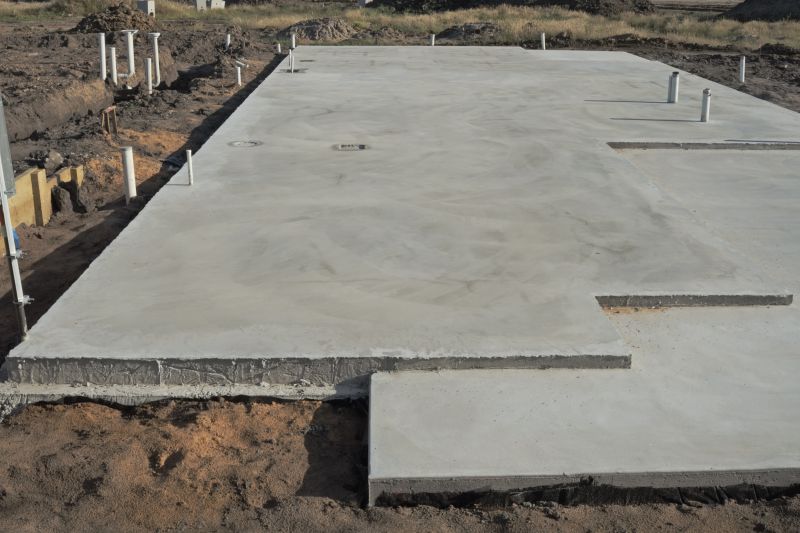
Proper soil preparation is crucial for effective foundation repair, especially in suitable weather.
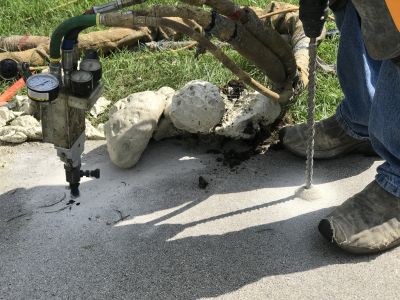
Specialized tools and machinery are used most effectively during mild weather conditions.
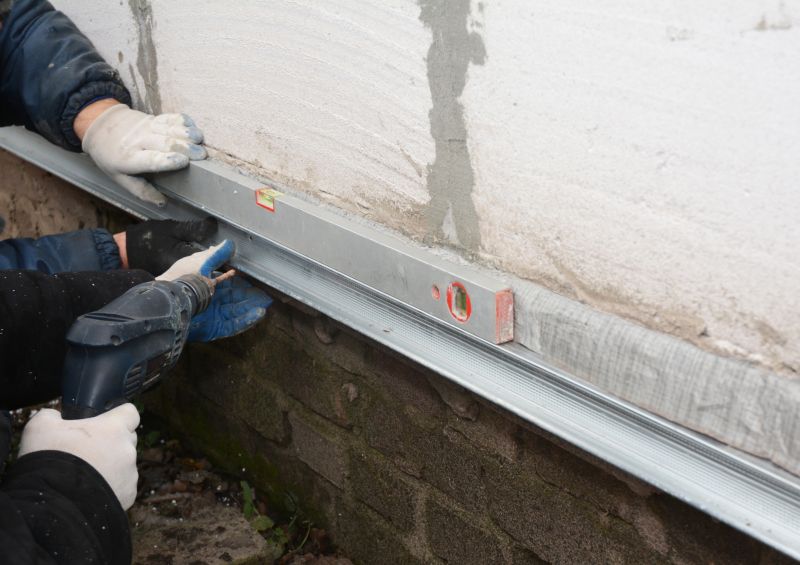
Ways to make Foundation Repairs work in tight or awkward layouts.

Popular materials for Foundation Repairs and why they hold up over time.
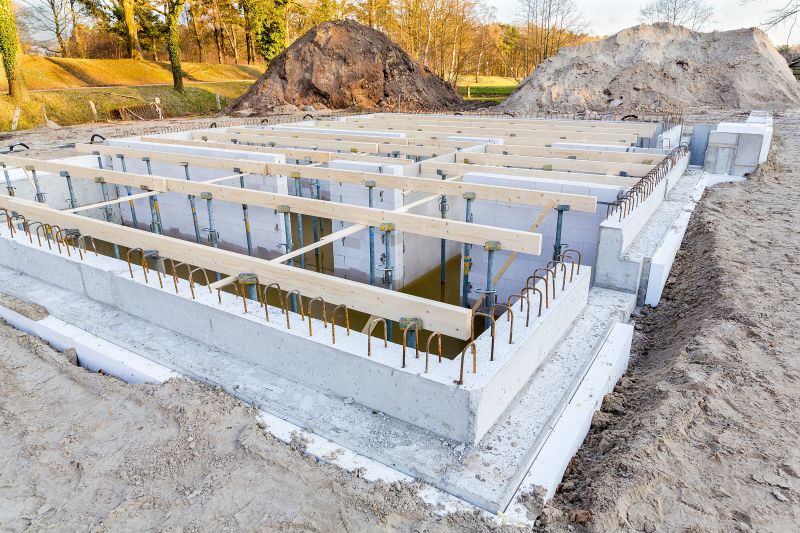
Simple add-ons that improve Foundation Repairs without blowing the budget.
| Season | Optimal Conditions |
|---|---|
| Spring | Moderate temperatures, balanced soil moisture |
| Summer | Dry weather, avoid extreme heat |
| Fall | Cool temperatures, stable soil |
| Winter | Freezing temperatures, snow and ice |
Foundation repairs involve addressing issues such as settling, cracking, and shifting that can compromise the stability of a structure. Proper timing ensures that repairs are durable and effective, minimizing future problems. Soil conditions, weather patterns, and project scope all influence the best time to undertake these repairs. Accurate assessment and planning can lead to cost-effective and lasting solutions, with some studies indicating that repairs performed during optimal seasons have fewer delays and better longevity.
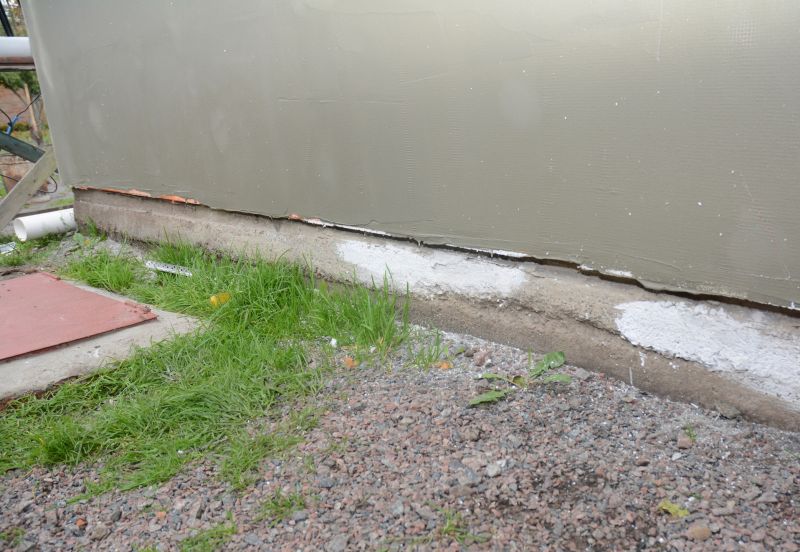
Visible cracks indicate underlying issues that require timely repairs.

Techniques such as underpinning restore stability to compromised foundations.
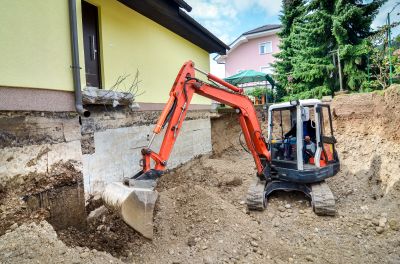
Excavation is a critical step that is most effective during suitable weather conditions.

Materials like steel and concrete are used to reinforce foundations for long-term stability.

High-end options that actually feel worth it for Foundation Repairs.

Finishes and colors that play nicely with Foundation Repairs.

Little measurements that prevent headaches on Foundation Repairs day.
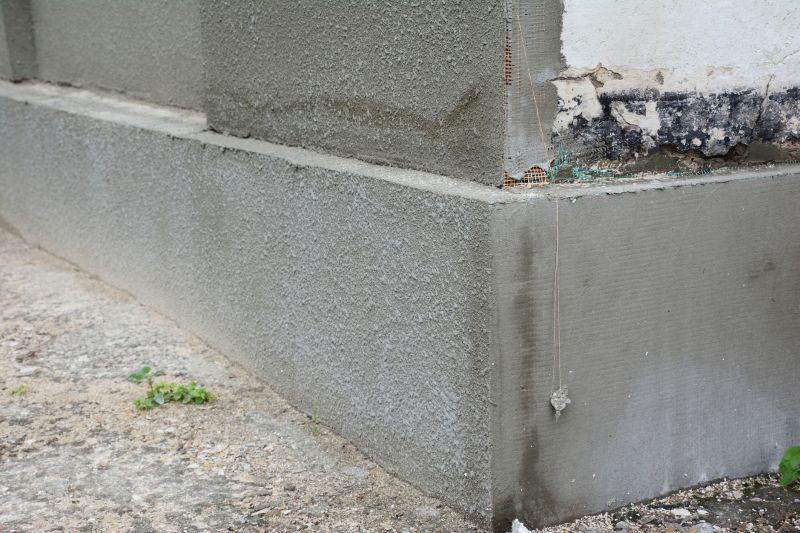
A 60-second routine that keeps Foundation Repairs looking new.
Timely foundation repairs are essential to prevent further structural damage and maintain property value. Delaying repairs can lead to increased costs and more complex issues. Consulting with foundation specialists ensures that repairs are scheduled during the most appropriate season, considering local climate and soil conditions. Properly timed repairs can improve the longevity of the structure and reduce future maintenance needs.
Cracks in walls, uneven floors, and sticking doors are common indicators that repairs may be needed.
A thorough assessment helps determine the best timing and method for foundation repair.
Addressing issues early can prevent extensive damage and reduce repair costs.
Scheduling repairs during favorable weather conditions enhances effectiveness and safety.


